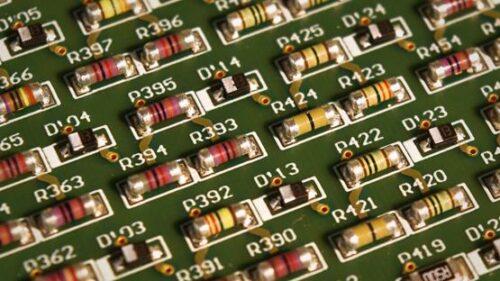Researchers working on ‘Analog Deep learning’ makes the computation process faster by propelling protons at a higher speed.
As the technological boundaries extend, the concepts of AI and ML begin to take more time, energy and money to train complex neural networks. The concept of analog deep learning is introduced here for faster computation with comparatively less energy and in less time.
Analog deep learning is being developed using programmable resistors. Just like digital deep learning procedure researchers can design a network of artificial ‘neurons’ and ‘synapses’ by arranging arrays of programmable resistors in complex layers.

These human-made analog synapses are fabricated using an inorganic material enabling the device to run 1 million times faster than the ones developed prior to this. In addition to that, the inorganic material also improves the energy efficiency of the resistor. This inorganic material tends to be compatible with the silicon fabrication techniques and hence can also create numerous advancements in the commercial computing hardware applications.
According to the researchers, the working of the device is the electrochemical insertion of the smallest ion, the proton, into an insulating oxide to modulate its electronic conductivity. These ions are accelerated using a strong electric field applied from outside and amplify their speed.
“Once you have an analog processor, you will no longer be training networks everyone else is working on. You will be training networks with unprecedented complexities that no one else can afford to, and therefore vastly outperform them all. In other words, this is not a faster car, this is a spacecraft,” adds lead author and MIT postdoc Murat Onen.
Professor Onen planned on using inorganic phosphosilicate glass (PSG) to develop a super-fast and highly energy efficient programmable protonic resistor. His hypothesis shows that PSG showed high conductivity at room temperature and hence was considered as the ideal solid electrolyte for this application.
“The speed certainly was surprising. Normally, we would not apply such extreme fields across devices, in order to not turn them into ash. But instead, protons ended up shuttling at immense speeds across the device stack, specifically a million times faster compared to what we had before. And this movement doesn’t damage anything, thanks to the small size and low mass of protons. It is almost like teleporting,” he says.
The use of this inorganic material can boost the concepts of electronics at a very high pace and lead to an innovative and better future and can be regarded as an energy efficient future.








